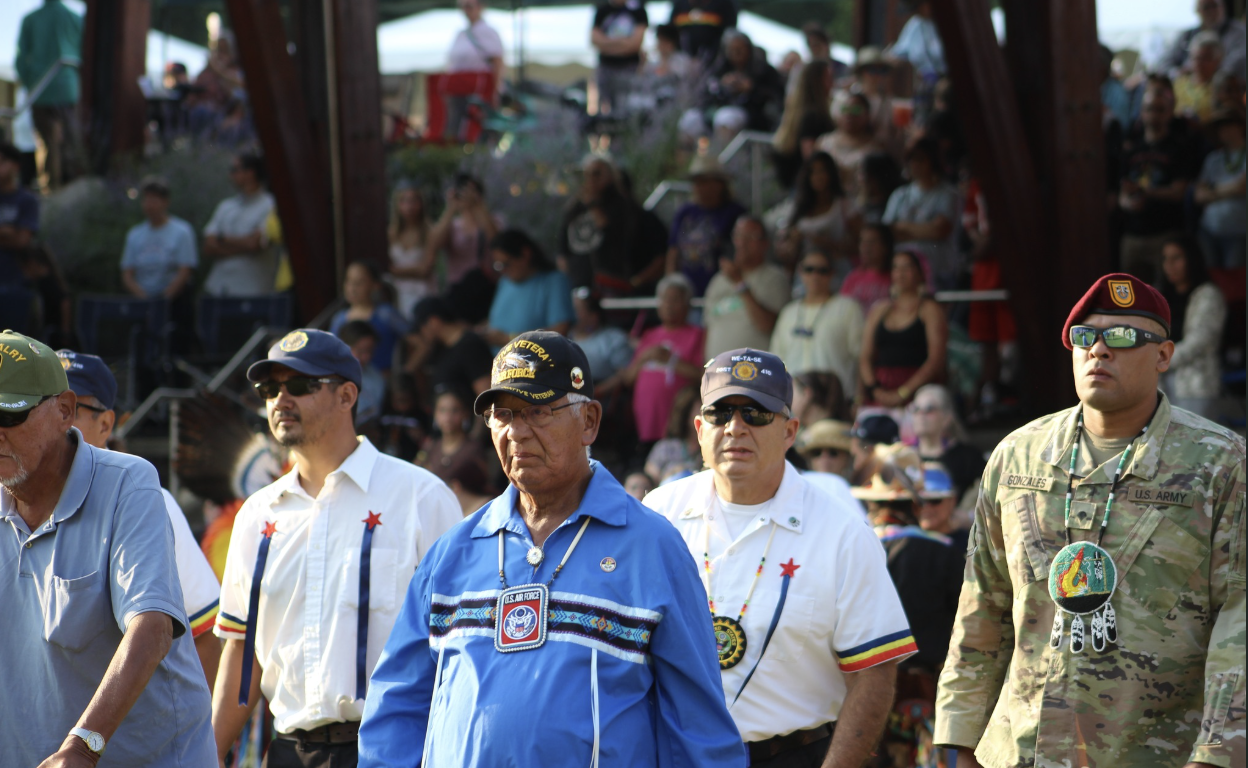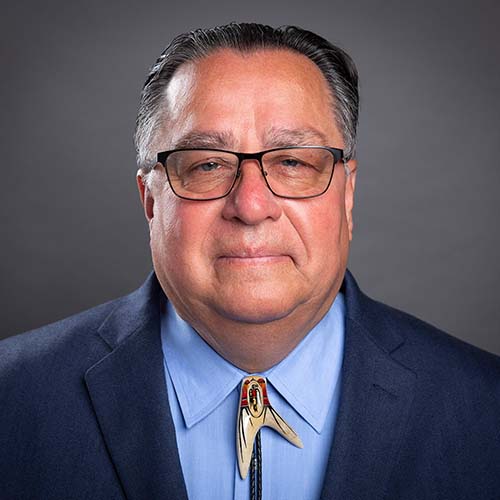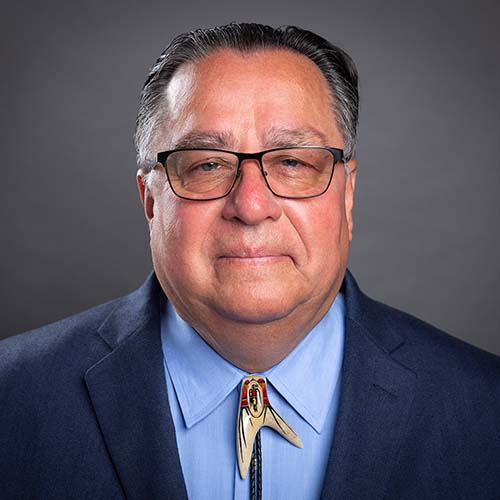
- Details
- By Levi Rickert
On this Veterans Day, communities across Indian Country are honoring the thousands of Native American and Alaska Native men and women who have served—and continue to serve—in the U.S. Armed Forces at rates higher than any other racial or ethnic group.
According to the U.S. Department of Defense, about 19% of Native Americans have served in the military, compared with about 14% of all other ethnic groups. Native people have served with distinction in every major U.S. conflict since the Revolutionary War, often motivated by deep cultural values of service, community, and protection of their homelands.
Today, there are more than 150,000 Native American veterans living in the United States, representing 574 federally recognized tribes. Their contributions span generations—from the famed Code Talkers of World Wars I and II, who used Indigenous languages to develop unbreakable codes, to contemporary Native service members deployed in Iraq, Afghanistan and beyond.
During World War II alone, 44,000 Native Americans served, including nearly 400 Navajo Code Talkers whose encrypted messages proved vital to the Allied victory in the Pacific. In Vietnam, an estimated 42,000 Native people served—many at a time when they were not yet recognized as U.S. citizens in every state.
For many, military service is seen as an extension of warrior traditions that predate the United States itself. “Serving isn’t just about patriotism,” said a veteran at a recent powwow in Oklahoma. “It’s about honoring our ancestors and protecting the land they fought for long before there was a flag.”
Despite their high enlistment rates, Native veterans have historically faced barriers to accessing VA health care, housing assistance, and benefits. Recent years have seen efforts to close those gaps. The Native American Veterans Memorial, dedicated in 2020 on the grounds of the Smithsonian’s National Museum of the American Indian in Washington, D.C., stands as a national tribute to their service and sacrifice.
Across tribal nations today, Veterans Day is marked not only with parades and ceremonies, but also with songs, dances, and prayers that recognize Native veterans as protectors of both their people and the United States.
As drums sound across Indian Country, the message is clear: Native Americans’ service runs deep—rooted in identity, culture, and an enduring commitment to defend the land they call home.
More Stories Like This
Native News Weekly (August 25, 2024): D.C. BriefsUS Presidents in Their Own Words Concerning American Indians
Oral History Project Announces 14th Stop in Portland, Oregon: NABS Continues to Gather Crucial Stories Across Indian Country
Coming Up: A Live Stream Conversation on Reducing Drug Overdose Deaths in Indian Country
Help us tell the stories that could save Native languages and food traditions
At a critical moment for Indian Country, Native News Online is embarking on our most ambitious reporting project yet: "Cultivating Culture," a three-year investigation into two forces shaping Native community survival—food sovereignty and language revitalization.
The devastating impact of COVID-19 accelerated the loss of Native elders and with them, irreplaceable cultural knowledge. Yet across tribal communities, innovative leaders are fighting back, reclaiming traditional food systems and breathing new life into Native languages. These aren't just cultural preservation efforts—they're powerful pathways to community health, healing, and resilience.
Our dedicated reporting team will spend three years documenting these stories through on-the-ground reporting in 18 tribal communities, producing over 200 in-depth stories, 18 podcast episodes, and multimedia content that amplifies Indigenous voices. We'll show policymakers, funders, and allies how cultural restoration directly impacts physical and mental wellness while celebrating successful models of sovereignty and self-determination.
This isn't corporate media parachuting into Indian Country for a quick story. This is sustained, relationship-based journalism by Native reporters who understand these communities. It's "Warrior Journalism"—fearless reporting that serves the 5.5 million readers who depend on us for news that mainstream media often ignores.
We need your help right now. While we've secured partial funding, we're still $450,000 short of our three-year budget. Our immediate goal is $25,000 this month to keep this critical work moving forward—funding reporter salaries, travel to remote communities, photography, and the deep reporting these stories deserve.
Every dollar directly supports Indigenous journalists telling Indigenous stories. Whether it's $5 or $50, your contribution ensures these vital narratives of resilience, innovation, and hope don't disappear into silence.
 The stakes couldn't be higher. Native languages are being lost at an alarming rate. Food insecurity plagues many tribal communities. But solutions are emerging, and these stories need to be told.
The stakes couldn't be higher. Native languages are being lost at an alarming rate. Food insecurity plagues many tribal communities. But solutions are emerging, and these stories need to be told.
Support independent Native journalism. Fund the stories that matter.
Levi Rickert (Potawatomi), Editor & Publisher

